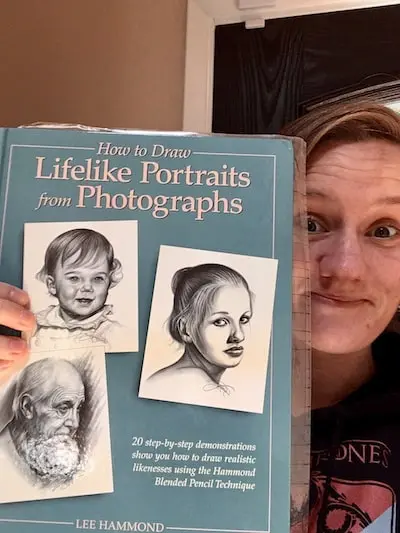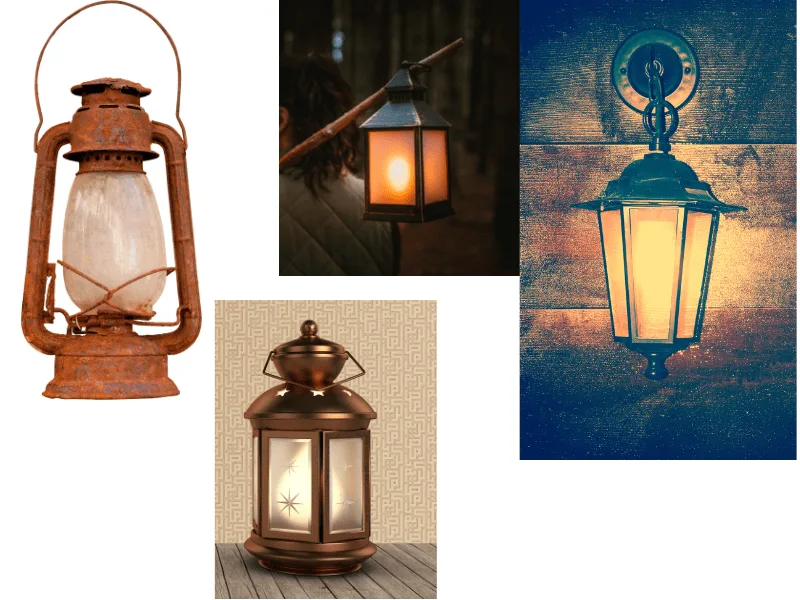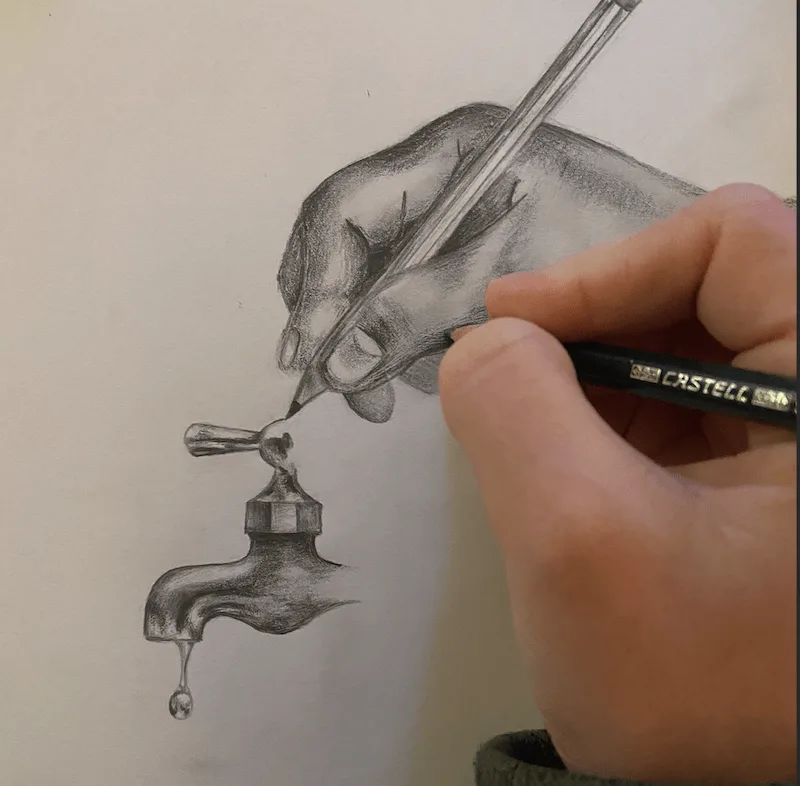Every artist has looked at their work and frowned in frustration. I’ve done it more times than I can count! For every piece of art we’re proud of, there seems to be a sea of work that just looks…wrong.
Until it seems like everything we’re drawing looks bad. I totally get it.
If you’re in that funk of feeling like everything you draw looks bad, this article is for you.
As an artist who often ends up in that funky place of thinking that my art looks bad all the time, we’re going to dive into some reasons why you might be feeling like your art looks bad and what you can do about it.
This post may contain affiliate links, which means I may earn a commission if you decide to purchase through my links.
1. The Proportions are Off
If my drawing is looking funky and wrong, the first thing I check are the proportions. It doesn’t matter if you’re drawing people, animals, or inanimate objects – everything has proportions.
For people and animals, do the limbs, head, torso, facial features, and other body parts fit together? Are any too small, too big, too long, or too short?
For inanimate objects, are you taking creative liberties that make the object unrealistic? What areas of your object seem out of place with the others?
When I’m thinking about proportionality, I remind myself that I’m aiming for cohesion in my work. Even if I get creative with how I’m interpreting a human body, dog, or even a flower pot, I want everything to flow and make sense.
I don’t want my proportions to be so off base that I draw attention to pieces of my art that I never intended to because they stick out like a sore thumb.
Or, as is more often the case with me, I’m not trying to be creative or interpretive. In fact, I’m trying to draw as realistically as possible and the fact that something looks “off” is ruining the realistic effect.
Whenever I start struggling with proportions, I go back to basics. I’ll grab an anatomy book for artists, take a class on Skillshare, and grab a pile of reference photos.

It’s study time!
As with any skill, we need to refresh ourselves on the fundamentals from time to time. Go back to the basics of anatomy and study the construction of the human body or various animals.
If you’re drawing objects, grab a wide array of reference photos that show your object with various types of lighting, shading, construction, and more. Canva is one of my favorite places for finding reference photos quickly and easily.

Drawing from references can be a big help to your art, especially when trying to figure out why something looks bad. Carefully compare your drawing to the reference photos to identify any places where you might need to tweak your drawing.

So, if you’re worried that your drawing is looking bad, go back to basics and study the construction of what you’re drawing.
2. The Perspective is Off
If I’m drawing a landscape, building, scene, or anything with multiple objects in it, one of my biggest concerns is perspective. I’ve always struggled with perspective and it’s something that I need to practice a lot.
It’s REALLY easy for perspective to get skewed within a piece of art. Even subtle mishaps in perspective can make a drawing feel funky.
For me, once I’ve checked the proportions of my work, my next step is to look at the perspective. Then, I go back to practicing it.
I have a great book called The Art of Perspective that has helped me a lot over the years. Skillshare also has classes on perspective if you prefer videos and classes for your learning.

Skillshare has some AWESOME urban sketching classes that are such a great way to practice perspective, while creating some freakin’ cool art at the same time.
If you’ve realized that perspective is an issue in your drawing, take some time to study and practice it so you can return to your work with the skills you need to address the issue.
3. Practice…Whatever it is You Need to Practice
As you can see, the theme of this post is practice. More often than not, if something in your drawing is looking bad, it’s because you need to work on your skills in a certain area.
If it’s not proportions or perspective, analyze your drawing and figure out the exact issue you’re having with your work.
It can be really tempting to say that the entire thing is bad, in general. That’s not helpful though. Also, it’s probably not true. More than likely, there are specific things in your work that are giving you an overall feeling that something is wrong with your drawing.
Be analytical and figure out what those specific things are. Once you do that, practice, practice, practice. Commit to leveling up your skills in the areas where you’re specifically struggling.
The reason that this article has been primarily about practice is because we’re always growing as artists. With that growth comes a desire to take on new challenges, learn new skills, and create better and better works of art.
This requires constant learning. We’ll never “get there” and never have to work on our art skills ever again. We’re always needing to brush up on our foundational skills, while pushing forward to learn new ones.
This means that we’ll have moments when we think our art looks bad. That’s just a natural part of the journey and a signal that you need to keep practicing.
4. Take Some Time and Space Away From Your Drawing
When I’m feeling like my drawing is looking wrong, something that really helps is taking some time away from it. I put away my art supplies altogether and do something else.
This time and space away from my drawing can help me clear my head and see my art in a new light. There are times when I’ll be obsessing over a piece of art, unable to figure out what’s wrong with it.
After putting it away for a bit, I often come back to it with a fresh perspective that makes it a LOT easier to see where I went wrong and where I need to focus my practice as I move forward with my drawing.
Give yourself some grace as you work on your drawing. Even if you think it looks bad, try to reframe it as a learning opportunity. We all go through periods of thinking that our drawing is bad. Keep practicing and appreciate how far you’ve come.

Diana has been an artist for over 27 years and has training in drawing, painting, digital drawing and graphic design. Diana’s latest obsession is digitally drawing with Procreate and Procreate Dreams. Diana has experience selling her art across a number of platforms and loves helping other artists learn how to make money from their art as well.
